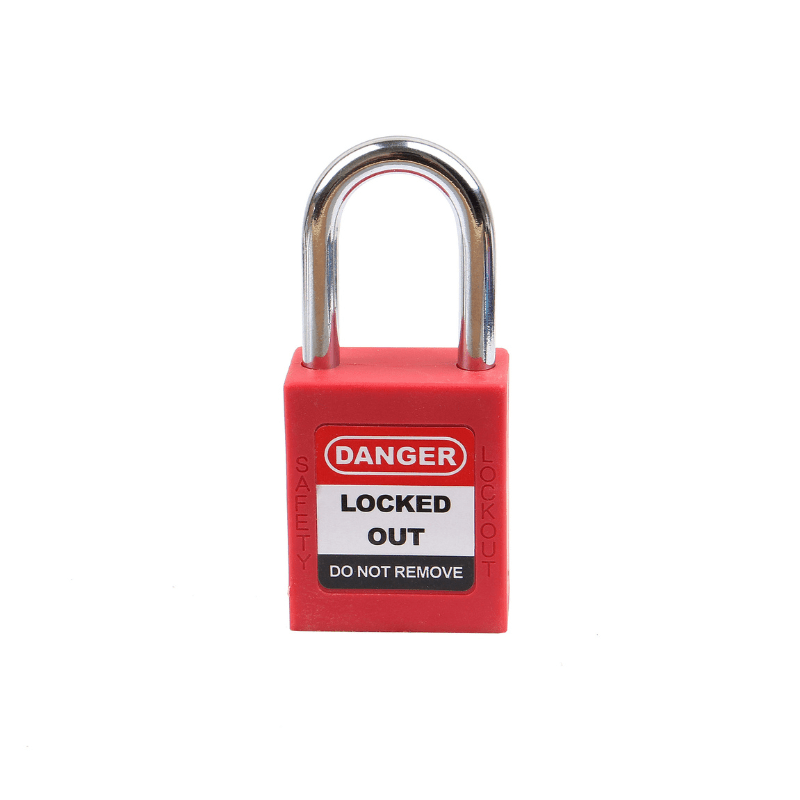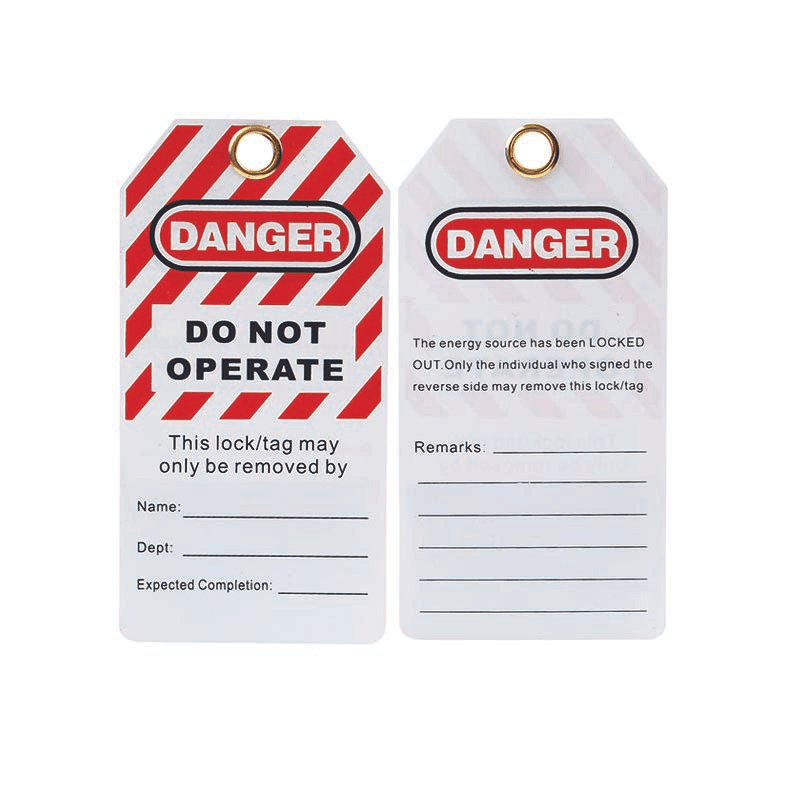Table of Contents
- 1. Incomplete User Requirement Specifications (URS)
- 2. Lack of Proper Risk Management
- 3. Poor Vendor Collaboration
- 4. Inadequate Documentation and Change Control
- 5. Misalignment Between Commissioning and Qualification
1. Incomplete User Requirement Specifications (URS)
The User Requirement Specification (URS) is foundational for any CQV project. It outlines the system’s intended function and operational requirements, including aspects critical to product quality and patient safety. Incomplete or unclear URS documentation leads to design flaws, validation gaps, and ultimately project delays.
Common Issues:
- Lack of clarity on functional requirements and performance parameters.
- Failure to identify all critical aspects (CAs) of the system that impact product quality.
- Exclusion of important regulatory or operational requirements.
How to Avoid It:
- Involve SMEs Early: Ensure subject matter experts (SMEs) from engineering, quality, and operations contribute to URS development. This ensures a well-rounded understanding of what is required from both a technical and regulatory perspective.
- Thorough Review Process: Conduct iterative design reviews involving cross-functional teams to confirm all critical aspects are captured.
- Version Control: Establish a robust change control process for the URS to accommodate changes without losing sight of critical elements.
2. Lack of Proper Risk Management
CQV projects often suffer from inadequate risk management, leading to unexpected issues during execution. Risk-based approaches such as those recommended by ASTM E2500 and ICH Q9 are essential for identifying and controlling potential hazards to product quality and patient safety.
Common Issues:
- Lack of formal risk assessments during the design and commissioning phases.
- Failure to update risk assessments as the project evolves.
- Insufficient focus on critical aspects (CAs) and critical design elements (CDEs).
How to Avoid It:
- Early Risk Assessments: Perform system risk assessments at the design stage and update them throughout the project lifecycle. Ensure that these assessments focus on critical parameters affecting product quality and compliance.
- Focus on CAs and CDEs: Identify the critical design elements (CDEs) necessary to control risks to product quality. Ensure the verification process focuses on these critical points.
- Continuous Risk Monitoring: Adopt a continuous improvement mindset by periodically reassessing risks during system operation to anticipate future problems.
3. Poor Vendor Collaboration
Vendors play an integral role in CQV projects, supplying critical systems and equipment. Poor collaboration with vendors often leads to miscommunication, documentation errors, and delays during validation testing and commissioning.
Common Issues:
- Lack of clear communication regarding system specifications and performance expectations.
- Incomplete vendor documentation or insufficient support during factory acceptance testing (FAT).
- Vendors unfamiliar with Good Manufacturing Practices (GMP) requirements.
How to Avoid It:
- Detailed Vendor Contracts: Clearly define responsibilities, deliverables, and acceptance criteria in vendor contracts. Ensure vendors understand the regulatory requirements they must adhere to.
- Leverage Vendor Documentation: Use vendor-supplied testing and documentation whenever possible to streamline the verification process. Ensure vendors comply with Good Documentation Practices (GDP).
- Vendor Training: For vendors unfamiliar with GMP, provide training on specific requirements to ensure they can meet project needs and regulatory expectations.
4. Inadequate Documentation and Change Control
In CQV projects, incomplete or poorly managed documentation can lead to project delays, regulatory non-compliance, and operational issues. Change control is another critical aspect, as unmanaged changes can lead to deviations that affect system qualification and performance.
Common Issues:
- Discrepancies in documentation between commissioning, qualification, and vendor documents.
- Lack of version control and traceability of changes.
- Delayed or incomplete documentation, especially during final validation.
How to Avoid It:
- Implement Good Documentation Practices (GDP): Ensure all documentation follows GDP guidelines to maintain consistency, traceability, and completeness. Conduct regular audits to verify documentation integrity throughout the project.
- Integrated Change Management: Establish a robust change management process that tracks all changes to the system design, testing, and validation protocols. This ensures that any changes are evaluated for impact on product quality and compliance.
- Frequent Documentation Reviews: Regularly review documentation at each phase of commissioning, qualification, and validation to avoid last-minute surprises.
5. Misalignment Between Commissioning and Qualification
Commissioning and qualification (C&Q) are distinct but related processes. Misalignment between the two phases can lead to redundant testing, inefficiency, and delays. The challenge is ensuring that commissioning activities support the qualification effort without duplication.
Common Issues:
- Redundant or incomplete testing due to lack of alignment between commissioning and qualification plans.
- Overemphasis on commissioning activities, resulting in insufficient focus on qualification requirements.
- Misunderstanding of how vendor-provided documentation fits into the qualification process.
How to Avoid It:
- Use a Risk-Based Approach: Align commissioning and qualification by focusing on critical systems and components that directly impact product quality and compliance. Avoid redundant testing by utilizing vendor documentation where applicable.
- Unified C&Q Plan: Develop an integrated C&Q plan that includes acceptance criteria for both commissioning and qualification stages. This plan should clearly define the role of each phase and ensure seamless progression from one to the other.
- Clear Roles and Responsibilities: Ensure all team members understand their responsibilities and the expected deliverables at each stage. SMEs should oversee both commissioning and qualification to ensure alignment.
Conclusion
CQV projects are complex and can easily fall into pitfalls that delay progress or lead to failures. However, by avoiding common mistakes such as incomplete URS, poor risk management, and inadequate vendor collaboration, you can ensure smoother project execution. Implementing a risk-based approach, maintaining thorough documentation, and aligning commissioning with qualification processes will ultimately lead to a successful CQV project that meets regulatory requirements and delivers quality outcomes.



